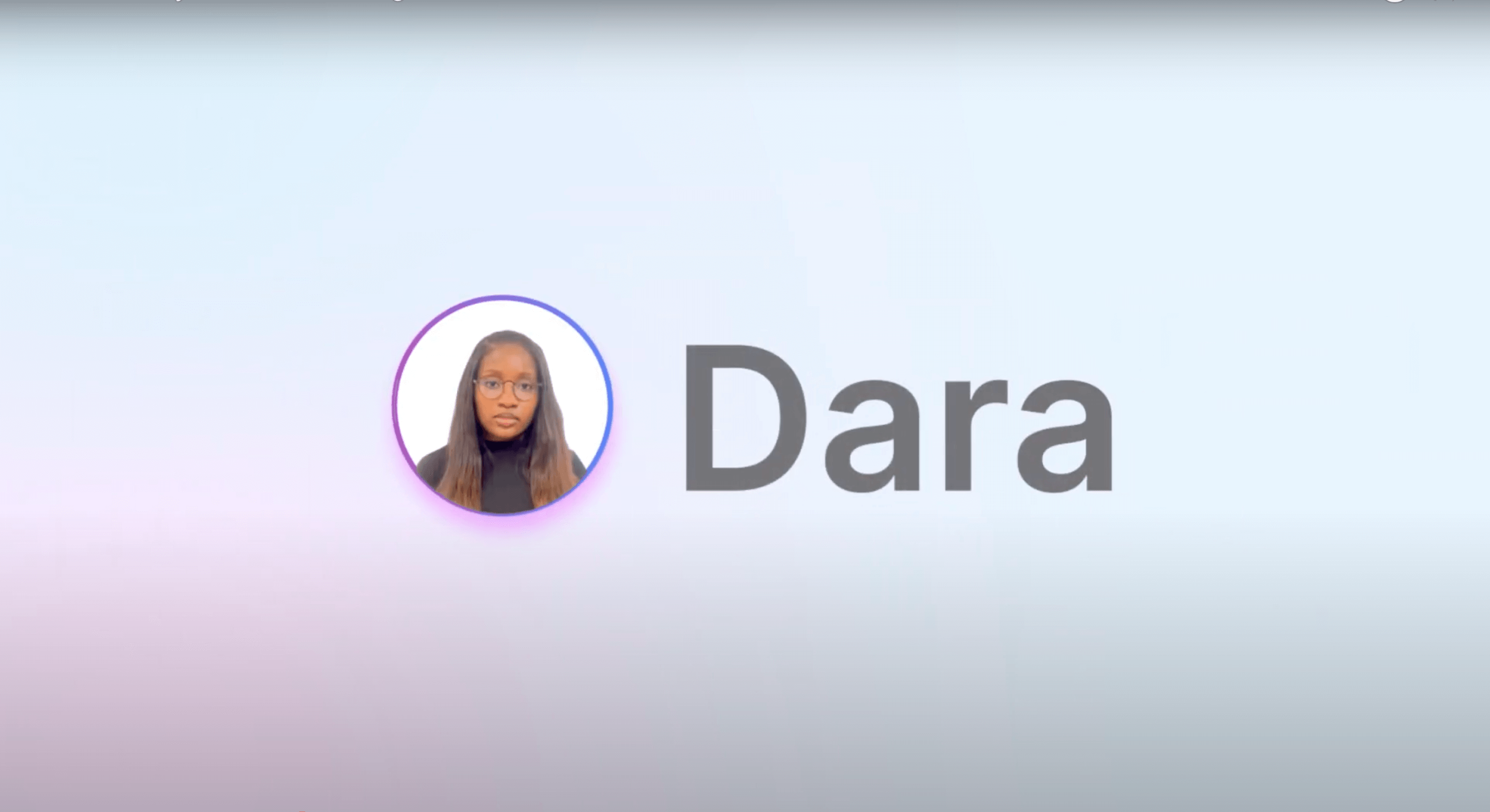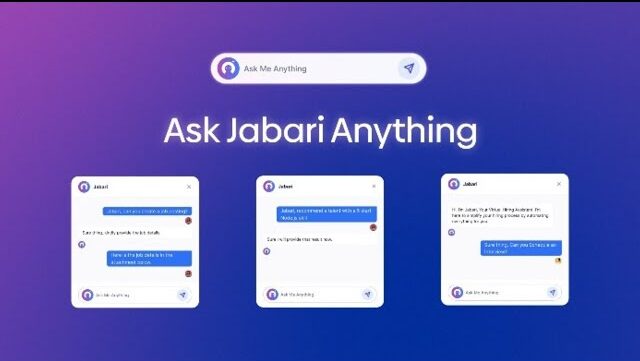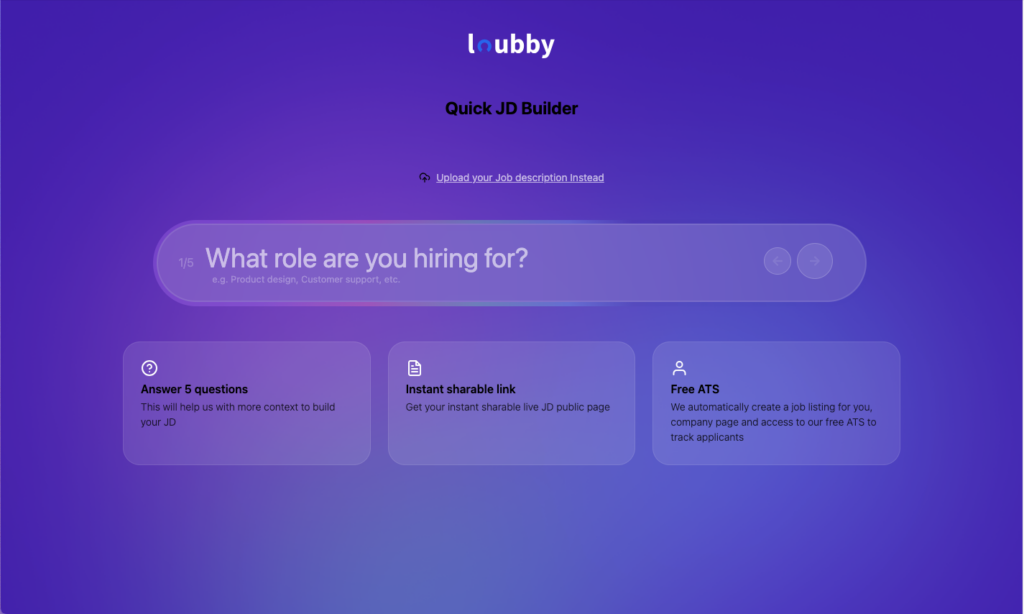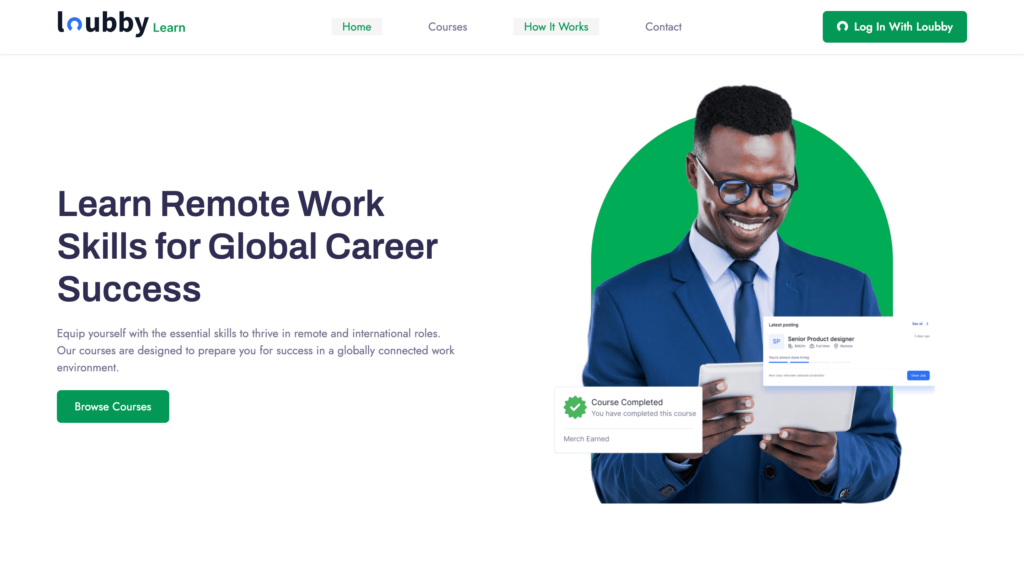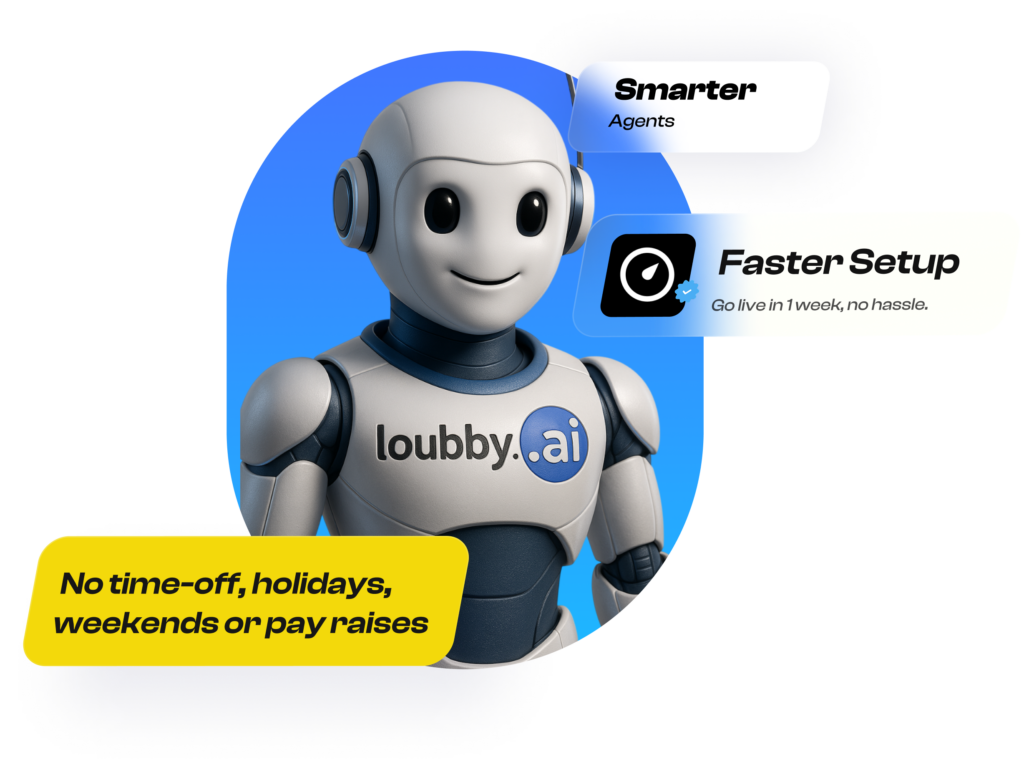Employee retention has become a top priority for businesses and organisations. Every resignation, especially one that comes too soon after hiring, leads to setbacks, missed targets, disrupted workflows, lost knowledge, and often, a blow to team morale. While it’s easy to focus on filling seats quickly, the true cost of hiring the wrong person is deeper than many realize.
When an employee leaves within a few months, the financial strain isn’t limited to the recruitment expenses. There’s also the time that was spent onboarding, the productivity dip while the role sits vacant, and the pressure it places on the rest of the team. These losses accumulate, eating into profit margins and slowing down growth.
Beyond finances, frequent turnover affects trust. Teams can grow weary of the constant change, managers lose confidence in hiring processes, and candidates who once admired a company start to question its stability.
The decisions made during recruitment, how the role is presented, how candidates are assessed, and who eventually gets picked set the tone for how long someone stays. Hiring someone who doesn’t align with the company’s goals, work culture, or expectations creates cracks from the beginning. Those mistakes often lead to an exit.
Smart recruitment can put an end to this cycle. With better tools and clearer insights, companies can start attracting people who are more likely to stay, grow, and contribute long-term.
That’s where Loubby comes in. By helping teams make more thoughtful hiring decisions from the start, it reduces the chances of quick exits and sets a stronger foundation for retention. This article breaks down how choosing the right hire from day one can reduce churn and strengthen your team over time.
Why Employee Retention is a Hiring Problem First
A new hire might tick every box on paper. But if they don’t mesh with how the team works, what the company values, or how success is measured, it won’t take long before things begin to go wrong. This can lead to missed deadlines, strained team dynamics, and eventually, a resignation letter. Not because the employee lacked talent, but because they were simply not the right fit from the beginning.
Hiring is about choosing someone who can thrive in the environment. A poor culture match can slowly drain enthusiasm, and low engagement follows, then the performance starts slipping. And before long, you’re back to where you began, searching for another candidate, wasting more time and money.
According to a study by the U.S. Department of Labor, the cost of a bad hire can reach up to 30% of that employee’s annual salary. That doesn’t even include the extra work dumped on remaining staff, or the blow to leadership’s credibility.
Bad hires often drag down productivity before they do. That’s why retention doesn’t begin with employee perks or check-ins. It begins the moment a candidate is considered. Hiring with intention is what keeps people around. Everything else is damage control.
The Link Between Right-Fit Hiring and Long-Term Retention
The “right fit” is a combination of hard skills, shared values, and compatibility. A candidate might have the experience, but if their approach clashes with the team or they don’t care about the mission, friction builds. That friction turns into low engagement, and eventually, a resignation or dismissal.
According to research from the Society for Human Resource Management (SHRM), employees who feel connected to a company’s culture are 27% more likely to stay beyond their first year. And organizations that prioritize culture fit during recruitment see a 20% boost in retention rates.
Keeping the right people from the start is a financial win. High-performing employees who are well matched from day one require less supervision, contribute faster, and often take on more responsibility over time. This reduces hiring cycles, cuts onboarding costs, and protects teams from burnout caused by constant turnover.
Common Mistakes That Hurt Retention During Recruitment
Certain mistakes can lead to poor employee retention, causing more harm than good in the long run. Here are some common pitfalls to avoid:
Vague Job Descriptions
A job description should give candidates a clear picture of the role, responsibilities, and expectations. When these details are vague, it sets the stage for confusion and mismatched expectations. Candidates may enter the role only to find that the work doesn’t align with what they thought it would be, leading to frustration and, eventually, resignation.
Rushed Interview Processes
When the interview process feels rushed or too casual, it signals that the company isn’t fully invested in finding the right person. It’s easy to get caught up in speed, but taking shortcuts can lead to poor hires who aren’t the best fit for the company or the team. Skipping steps in the hiring process or skipping in-depth conversations about role expectations can easily lead to mismatches that hurt both sides.
Not Assessing for Long-Term Compatibility
Hiring isn’t just about filling an immediate need, it’s about finding someone who will grow with the company over time. Focusing only on the skills required for the job at hand can overlook the candidate’s potential to adapt, grow, and fit into the company’s future culture. Assessing long-term compatibility with the organization’s goals and values is just as important as evaluating technical abilities.
Overpromising and Underdelivering During Hiring
To attract top talent, it’s tempting to promise more than what the job offers. However, overpromising can backfire when new hires realize the role doesn’t live up to expectations. This can lead to disappointment and early exits. It’s better to present the job honestly, highlighting both the perks and the challenges, to ensure that new hires are genuinely excited about what lies ahead.
How Loubby Helps You Hire for Retention
Hiring for retention requires finding candidates who are genuinely suited for the role and aligned with your company’s values. Loubby streamlines this process, making it easier to hire employees who are more likely to stay long-term.
Smart Talent Matching Based on Skills, Values, and Performance History
Loubby’s platform helps connect companies with candidates who not only have the required skills but also align with the company’s culture and values. By assessing a candidate’s performance history, Loubby can match you with individuals who have proven their ability to succeed in similar environments, boosting the chances of a good fit from the start.
Pre-Vetted, Audit-Ready Candidates = Lower Hiring Risk
One of the biggest challenges in recruitment is minimizing risk. Loubby reduces hiring risk by providing pre-vetted candidates who are ready to hit the ground running. The platform ensures that each candidate has been thoroughly audited, saving you time and resources that would otherwise be spent on additional screening. This leads to a more efficient hiring process and increases the likelihood of finding the right match for long-term success.
Reduces Hiring Time Without Sacrificing Quality
Time is often a limiting factor in recruitment, but rushing through the hiring process can lead to poor choices. Loubby speeds up the process by automating key steps like screening and candidate assessment, allowing you to focus on the most qualified individuals. Despite the faster pace, the platform doesn’t compromise on quality, giving you the best of both worlds, that is, speed and quality.
Retention Doesn’t Stop at Hiring — But It Starts There
Hiring is just the beginning of the retention process. Once you’ve brought on the right person, the real work begins. Onboarding, growth opportunities, and company culture are all key components in keeping employees happy and engaged long-term.
After a strong hire, several factors play a role in retention:
- Faster ramp-up: Employees who are the right fit for your company can quickly adapt to their roles and become productive sooner.
- Stronger culture: Employees who align with the company’s values and mission will naturally contribute to building a positive, cohesive work culture.
- Better collaboration: When employees fit well with the team, they communicate and work together more effectively, leading to smoother project execution and better outcomes.
Conclusion
Employee retention is a direct result of smarter hiring decisions. By focusing on finding the right fit from the start, companies can significantly reduce turnover and foster a more engaged workforce. The key to long-term success begins with making the right hiring choices, and that’s where Loubby can make a real difference.
Ready to build a team that stays? Book a free demo with Loubby today and see how our platform can help you hire for retention and reduce turnover.

